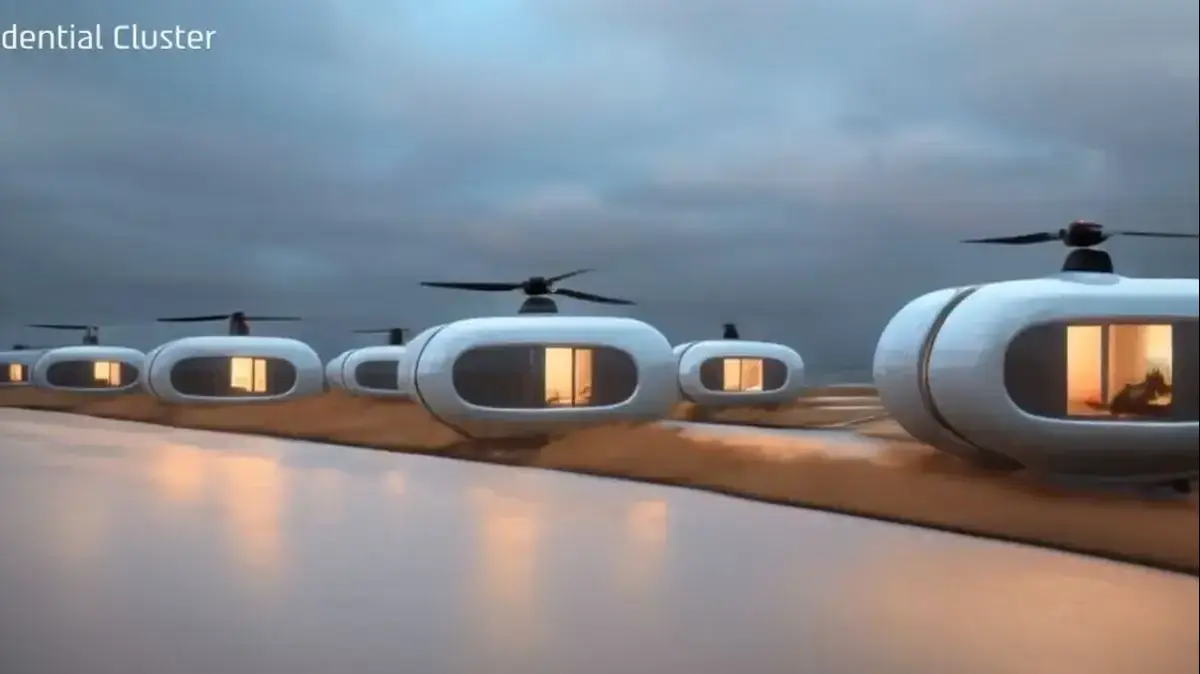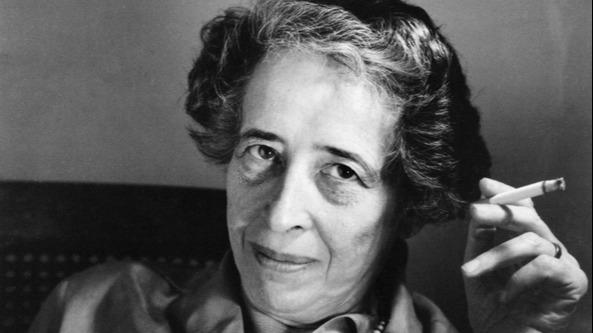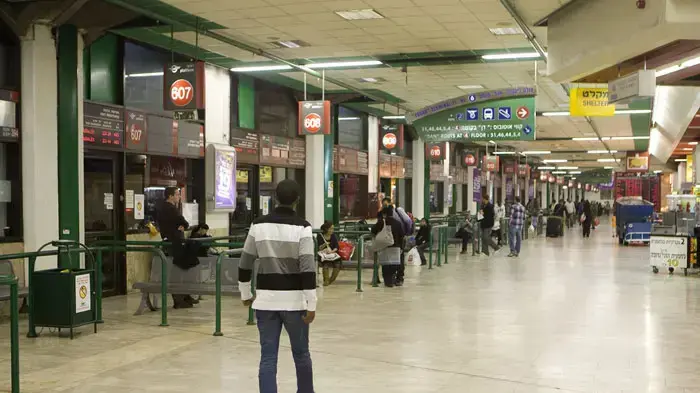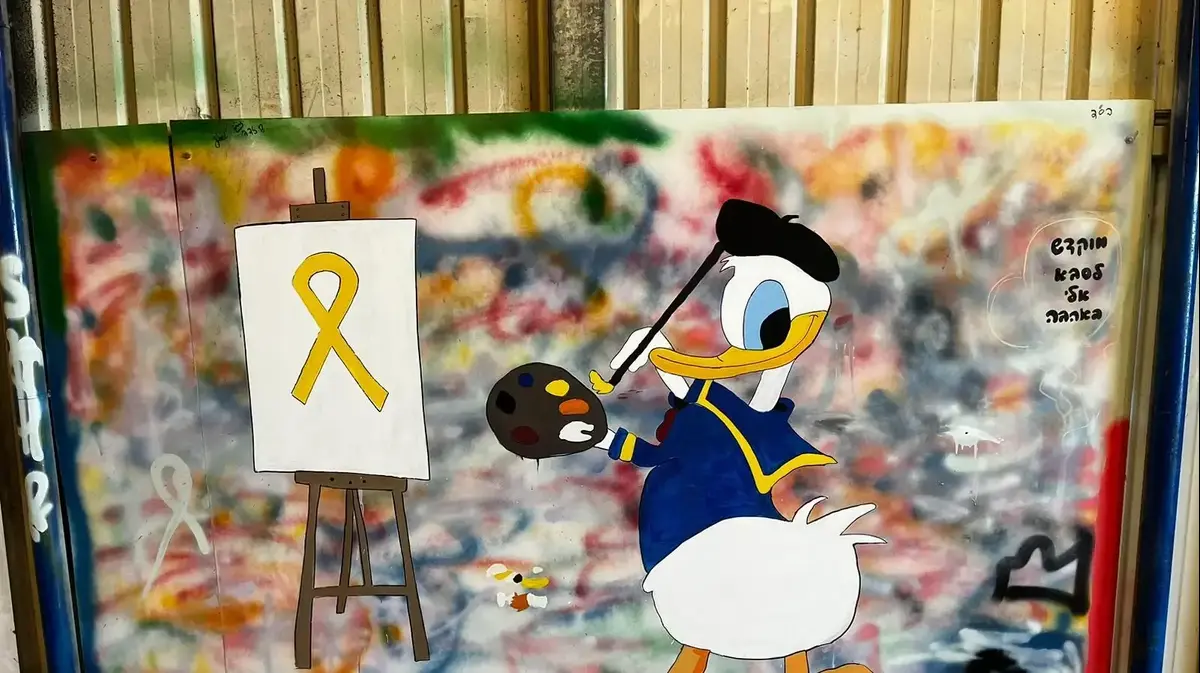That culture be valued as the backbone of public space is the vigilance of a group of social researchers, activists and artists who meet in Madrid under the institutional umbrella of
21 Districts
, promoted by the Madrid City Council, with the collaboration of the Platform Sustainable Culture. Thus, the
2030 Culture Table
– which promotes the incorporation of the SDGs, Sustainable Development Goals, into artistic and community actions – said goodbye to 2021 at a meeting at the Casa de Vacas del Retiro in Madrid, with the promise of convening new meetings during the year 2022.
What can culture do for the 2030 Agenda? It is the question that guides the meetings, open to citizens who want to contribute experiences, discuss approaches and/or demand policies of commitment to the environmental, economic and social sustainability of everything that is done from the institutions in the public space and what also involve business proposals in the field of cinema and other artistic interventions, from the associative.
Culture is transformative and, although it does not appear explicitly in a particular sustainable development objective, it crosses them all, was one of the conclusions of the meeting in El Retiro park. Hence, at the table
Community culture in public spaces as a motor and impulse for the necessary change
, the cultural dimension was assimilated to a set of tools to think about things. Speakers Emilio Luque –sociologist and political scientist–, Juan Merín –from Fundación Voces–, Eva Barbero –from the Network of Spaces and Agents of Community Culture REACC–, María Guerrero –director of Acción por la Música– and the artist Javier Cruz.
Of course, the public sphere and democracy were also present in the reflections of that same table, since the public sphere is that place constituted by those who recognize themselves affected by the same problem, or the same solution. This is precisely the process that articulates democracy, since both terms – space and public – create themselves reciprocally: a common space generates a public. On the contrary, a space for private luxury reduces possibilities for public enjoyment. What should undoubtedly be defended is public luxury, for which there is always enough space, the panelists agreed.
Among the first public luxury
infrastructures
, the libraries undoubtedly stand out. Others, the parks, whose proximity to people determines the quality of life, and even life expectancy, according to statistics on early deaths in large cities. This was verified during the confinements due to the pandemic, in which needs for different occupation of public space arose, as well as priorities for meetings and dialogues such as those promoted by the REACC, through the 'anti-convocations' to citizens, associations and managers. cultural, and which currently brings together some 300 social agents.
Generating things in common was, indeed, one of the consequences of that urgent need to socialize, after isolation. Inhabiting public space and imagining space from art were other maxims that began to be fulfilled in projects that demonstrated that artistic practices generate emotion, and can heal, as well as renewed contact with nature. The other finding, in this case provided by the Cuban filmmaker Baby Pérez (of BesaFilms and #Túencenslacultura in Valencia), is that when culture was consumed again after the hard months of closure, it began with the local. The close, the small and the sustainable prevailed, then, also in the cultural field.
For his part, Javier Cruz explained the artistic practices that have been building the
Royal Forest
,
the name under which collective interventions have been grouped since 2019 in public parks that were once owned by royalty and nobility. The first step of the project consisted of recalling, with new festivities, the celebration of May 1, 1931 in the Casa de Campo, when the
Puerta del Rey was finally opened to the public
, which had been closed for four centuries to preserve the hunting ground that one day only Philip II and his court would enjoy. Three hundred thousand people entered the park that day, although there have been so few records of those festive hours that currently there are still enigmas to be elucidated. What is clear is that the expropriation of the Republic opened another chapter in the history of that great urban park in Madrid, whose mysteries and hidden stories today encourage curious citizens.
After film screenings on the Garabitas hill (a proper name in the Civil War) and visits to the stonework workshop –where all the stone ornaments of the city of Madrid are carved and stored–, the group of artists that carries out the
Bosque Real
actions
intends to extend its participatory searches to other spaces, such as El Retiro, for example.
In the last
Culture Table 2030
there was, finally, a good afternoon dedicated to open discussions between institutional community agents and spontaneous participants, to establish links, think about collaborations and
get
into the city, together.









